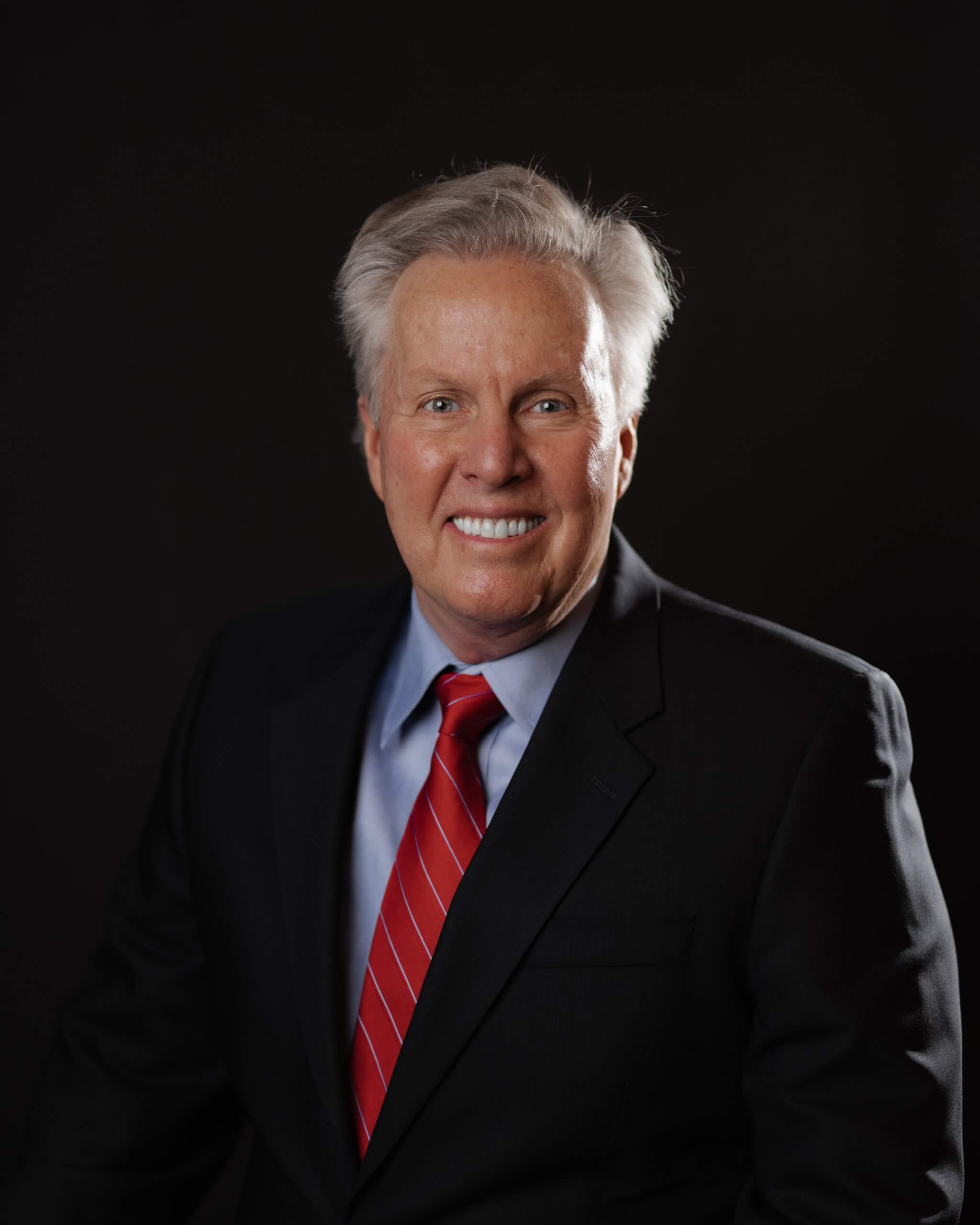Seeing Ourselves Clearly: Overcoming Leadership Blind Spots

I have always been fascinated by how unaware many people seem to be of how they come across or how their behavior impacts others.
I remember reading a story about a bank robber who believed that if he rubbed lemon juice on his face, he would become invisible. After applying the juice, he walked into two banks in broad daylight and robbed them. Unsurprisingly, the events were captured on the banks’ video surveillance. When the footage aired on Crime Stoppers Inc. during the 11 o’clock news, several informants recognized the thief and alerted the police. Upon his arrest, the man was in complete disbelief, exclaiming, “But I wore the juice!”
David Dunning, a Cornell professor of social psychology, was so intrigued by the story that he conducted a study to measure individuals’ self-assessed competence. His research became known as the Dunning-Kruger Effect. The study revealed that our incompetence can mask our ability to recognize that very incompetence.
More recently, Dr. Tasha Eurich conducted a multi-year study of 5,000 leaders. Her findings showed that while 95% of leaders believed they were self-aware, only 10–15% were perceived as self-aware by their team members. This striking gap between perception and reality significantly hinders a leader’s ability to grow and improve.
Here are 12 explanations for these blind spots, along with some suggestions for getting outside of ourselves:
We don’t see ourselves the way we are seen
Simply put, we are unobservable to ourselves. From years of coaching leaders, I’ve noticed that we tend to judge others based on their performance, while judging ourselves based on our intent. This mental shortcut allows us to justify our behavior, assuming that good intentions excuse negative impact. But it also prevents us from objectively examining our actions.
To Do:
Find someone who will give you honest feedback. If you’re lucky enough to identify such a person, take their input to heart—especially regarding your communication style and how you come across. If no one is available, consider hiring a coach who can provide a more objective assessment of your behavior.
We are consumed by our own perspective
When we’re focused on ourselves—our goals, our expectations—we rarely pause to self-reflect. This self-focus creates a blind spot because it limits our view of reality.
To Do:
Recognize that there may be multiple valid perspectives. Ask others how they see the situation instead of assuming your view is the only one that matters.
We may not notice how others are responding to us
If you hold a leadership position, people are unlikely to challenge your opinion unless you’ve created a culture that encourages psychological safety, openness, and respectful disagreement. Without these norms, most people will remain silent to avoid conflict or risk.
To Do:
To better understand your team’s engagement, reflect on questions like:
- “Do people speak up and offer different perspectives?”
- “Or do they remain silent until prompted?”
- “Do team members approach me with ideas and challenges?”
- “Or do I have to initiate every check-in to gauge their needs?”
Just noticing how people engage can tell you whether changes are needed in how you lead.
We don’t recognize the cues others are sending
Roughly 55% of communication is nonverbal. People are constantly signaling their thoughts and feelings, even if they don’t speak them aloud. During discussions, watch for subtle cues:
- Are people leaning into the conversation or away?
- Are they making eye contact, or avoiding it?
- Are their hands open and relaxed, or hidden, clenched, or chopping the air?
These behaviors often signal disagreement or discomfort.
To Do:
Pay attention and ask about what you observe. You might say,
- “I noticed you haven’t responded and have been looking down. What are your thoughts on this decision?”
- Or, “I’d really value your input on this—even if you disagree. Please share your perspective.”
We may see our leadership role as a validation of our ideas
If you’ve been in your role for a while, it’s easy to assume that your track record justifies your approach. But experience doesn’t automatically translate into effective collaboration. While the task at hand may require clear direction, it’s worth considering that your team may have deeper insights based on their daily work.
To Do:
Assess the context. If collaboration would lead to a better outcome, then ask for others’ perspectives. Listen, adapt, and co-create a solution that meets the goal.


We all have blind spots. And often, we’re unaware of our own lack of awareness.
People may not feel safe disagreeing with you
Most people want to keep their jobs. If they believe that speaking up could have negative consequences, they’ll stay quiet. Their willingness to share honest feedback depends largely on their history with you and the culture of your organization.
To Do:
Pay attention to who doesn’t contribute regularly. Invite them to share. If necessary, speak with them one-on-one to reassure them that their perspective is valuable. If they’re not comfortable speaking in meetings, provide private channels for input by meeting one-on-one.
And critically, manage your group behavior. Invite disagreement openly. Encourage participation, listen attentively, and affirm the importance of candor. That’s how you change people’s minds about speaking up.
We confuse confidence with competence
People often assume that being confident means they are also competent. But confidence can be inflated by past successes, status, or personality—and may not reflect actual ability or awareness. This can blind someone to areas where growth or feedback is needed.
To Do:
Differentiate between feeling confident and being accurate. Ask yourself: “What evidence do I have that I’m seeing this clearly?” or “When was the last time someone challenged my thinking—and how did I respond?”
We receive too much praise and too little challenge
Especially in leadership roles, people tend to get more praise than critique. Subordinates may cushion feedback, or avoid it entirely, leading to a distorted sense of how others perceive them.
To Do:
Intentionally ask for critical feedback. You might say, “What’s one thing I could do differently that would help me be more effective?” Asking such a question gives people permission to be honest without feeling like they’re attacking you.
Our ego protects us from discomfort
Becoming aware often involves facing painful truths—about ourselves, our impact, or our limitations. Our egos are wired to defend against this discomfort, leading to denial or avoidance.
To Do:
Practice self-compassion. Recognize that growth isn’t about being perfect—it’s about being willing to learn. Remind yourself: “Awareness isn’t criticism—it’s clarity.”
We confuse busyness with self-reflection
Many people are constantly in motion—leading meetings, solving problems, responding to others. This pace can create the illusion of awareness, while actually crowding out time for meaningful self-examination.
To Do:
Schedule time for reflection. Even 10–15 minutes at the end of a day to ask, “What did I learn about myself today?” or “How did my actions affect others?” can make a huge difference.
We inherit blind spots from the culture around us
Workplace or cultural norms can discourage introspection, humility, or emotional expression—especially in environments that value certainty, efficiency, or authority. These norms can normalize a lack of self-awareness.
To Do:
Pay attention to your environment. Ask: “What messages does this culture send about reflection, feedback, and learning?” And “Where might I be absorbing unhelpful norms without realizing it?”
We haven’t been taught how to be self-aware
Self-awareness isn’t instinctive for everyone, it’s a skill. And many people simply haven’t been taught how to observe themselves with curiosity, seek feedback constructively, or process emotions thoughtfully.
To Do:
Treat self-awareness as a learnable discipline. Read, journal, work with a coach or therapist, or use assessments to deepen your understanding. Like any skill, the more you practice it, the stronger it becomes.
We all have blind spots. And often, we’re unaware of our own lack of awareness. Building strong, trusting relationships is essential for gaining a more objective view of ourselves, our ideas, our decisions, and our leadership. Becoming more aware of our impact allows us to take meaningful steps toward our personal growth.
Want new articles before they get published? Subscribe to our Awesome Newsletter.